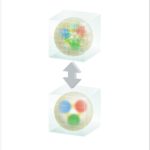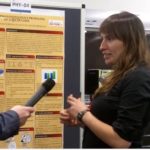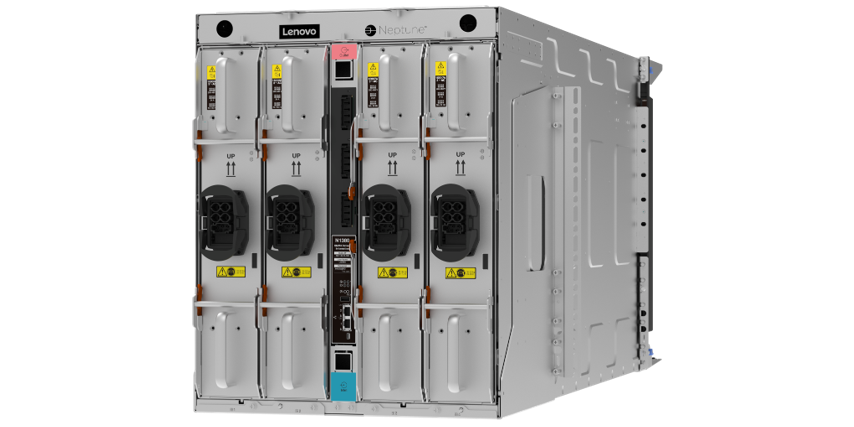“Chromodynamics helps us understand our universe. The strong interaction is one of the four forces describing complex phenomena in the evolution of the universe from the quark gluon plasma formed just after the Big Bang at the birth of the cosmos to the formation of neutron stars. The bulk of visible matter in the universe is due to the strong interaction and understanding its properties requires the solution of quantum chromodynamics (QCD).”
Supercomputing the Origin of Mass
In this video, Professor Derek Leinweber from the University of Adelaide presents his research in Lattice Quantum Field Theory; revealing the origin of mass in the universe. “While the fundamental interactions are well understood, elucidating the complex phenomena emerging from this quantum field theory is fascinating and often surprising. My explorations of QCD-vacuum structure featured in Professor Wilczek’s 2004 Physics Nobel Prize Lecture. Our approach to discovering the properties of this key component of the Standard Model of the Universe favors fundamental first-principles numerical simulations of QCD on supercomputers. This field of study is commonly referred to as Lattice QCD.”
Supercomputing Subatomic Particle Research on Titan
By using multiple grids and separating the modes in the problem onto the various grids most efficiently, the researchers can get through their long line of calculations quicker and easier. “GPUs provide a lot of memory bandwidth,” Clark said. “Solving LQCD problems computationally is almost always memory-bound, so if you can describe your problem in such a way that GPUs can get maximum use of their memory bandwidth, QCD calculations will go a lot quicker.” In other words memory bandwidth is like a roadway in that having more lanes helps keep vehicles moving and lessens the potential for traffic backups.”
Video: Platform Independent Profiling of a QCD Code
“We present a procedure of implementing the intermediate profiling for openQCD code that will enable the global reduction of the cost of profiling and optimizing this code commonly used in the lattice QCD community. Our approach is based on well-known SimGrid simulator, which allows for fast and accurate performance predictions of the codes on HPC architectures. Additionally, accurate estimations of the program behavior on some future machines, not yet accessible to us, are anticipated.”







